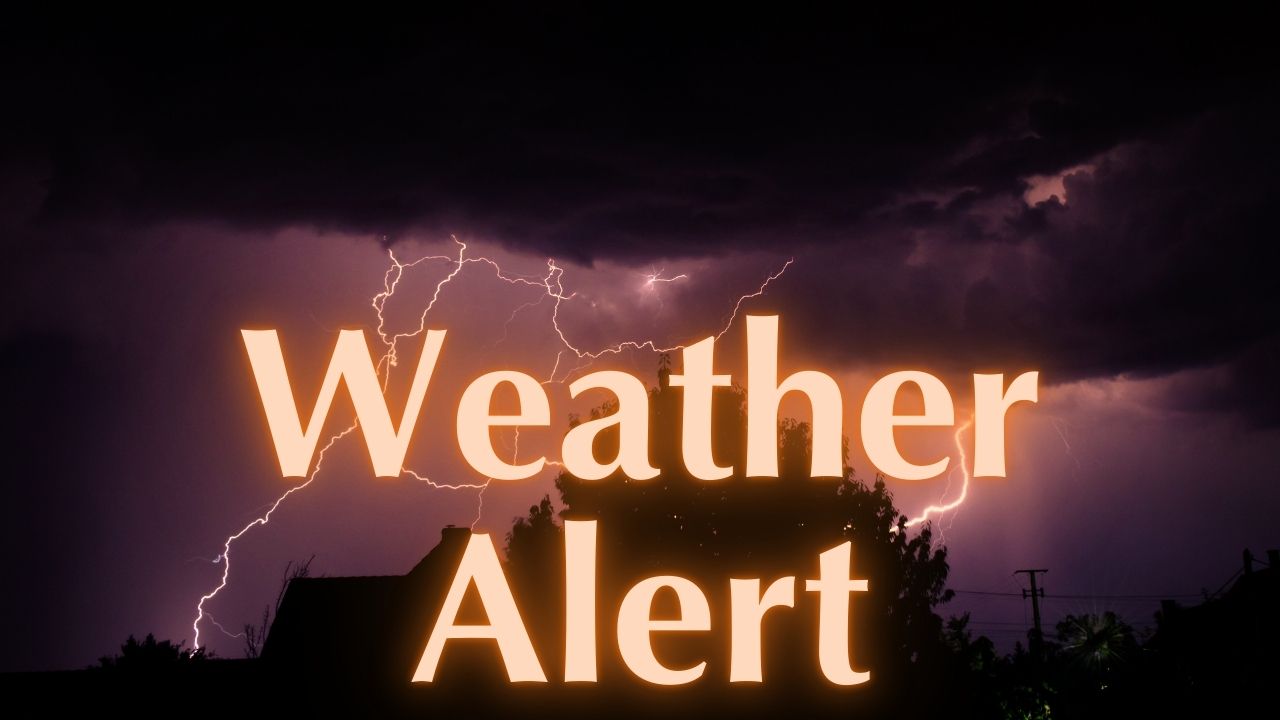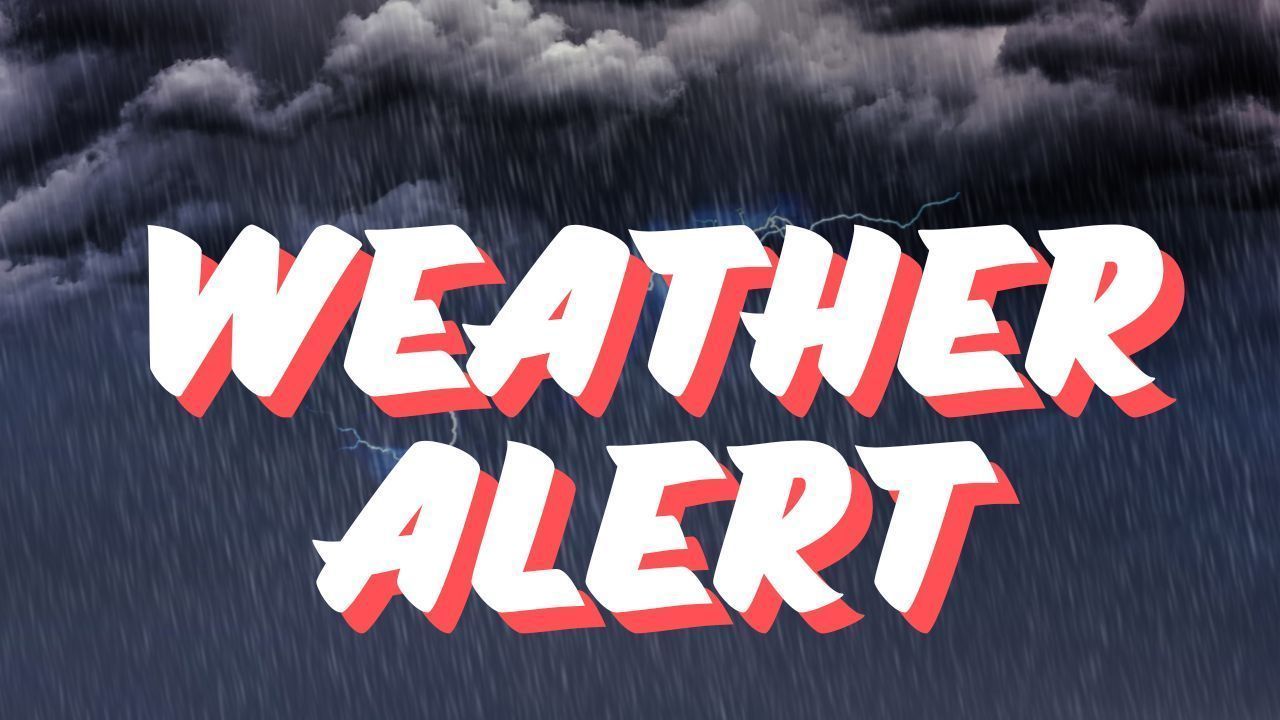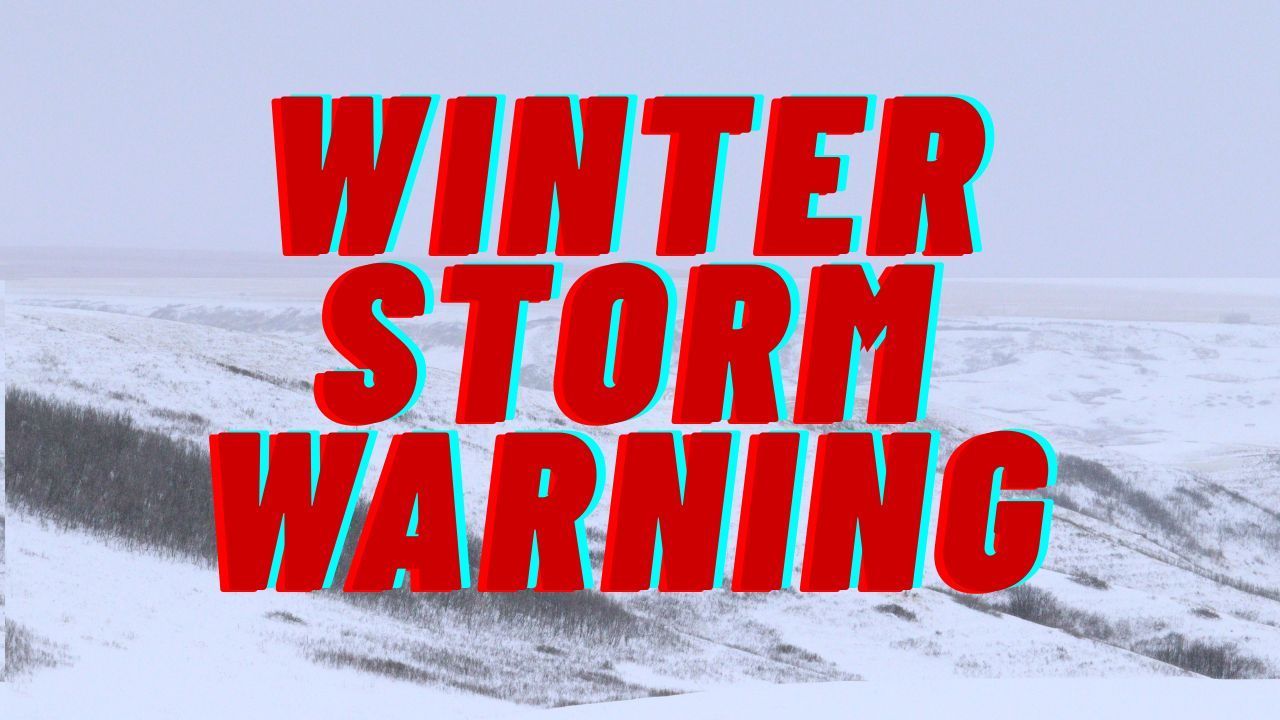San Francisco, CA – The likelihood of a La Niña forming in the Pacific Ocean this fall has increased significantly, according to the National Oceanic and Atmospheric Administration (NOAA). The Climate Prediction Center announced Thursday that the chances for October, November, and December have risen from 56% to 71%.
Meteorologists are now keeping a close eye on how this development could affect weather patterns across the Bay Area in the coming months.
Understanding La Niña and Its Effects
La Niña is one of three phases of the El Niño Southern Oscillation (ENSO), which also includes El Niño and ENSO-neutral phases. Brian Garcia, a meteorologist with the National Weather Service’s Bay Area office, explained how each phase influences local weather.
“The typical rule of thumb is El Niño means wetter than normal, La Niña means drier than normal, and neutral means a shoulder shrug. Of course rules of thumb don’t always play out according to the rules as other large atmospheric patterns can overrun weaker signals,” Garcia said.
During La Niña, strong easterly trade winds cool the surface waters of the Pacific Ocean. NOAA notes that these cooler waters push the Pacific jet stream north, typically causing wetter conditions in the Pacific Northwest and drier conditions in the Southwest, including California.
What Bay Area Residents Can Expect This Fall
While La Niña often signals below-average rainfall, Garcia emphasized that these predictions are not guaranteed. The Bay Area could still experience localized rainfall or unusual weather patterns if other atmospheric forces come into play.
Key points for residents:
- Drier than normal conditions may persist, especially in Northern California
- Temperature fluctuations could be more pronounced, with occasional cooler or warmer spells
- Wildfire risk could increase in some areas if the dry pattern holds
Garcia noted that even though La Niña is generally associated with dry conditions, each season is unique.
“To put it plainly, we’ll be watching how this fall and winter evolve closely,” he said.
Looking Beyond Fall
NOAA’s Climate Prediction Center also released forecasts beyond December, suggesting that the probability of a winter La Niña could drop to 54%. This change may improve the chances of winter precipitation for the Bay Area, though forecasters caution that these projections could shift as winter approaches.
This means residents should prepare for dry conditions this fall, but stay updated on forecasts as the winter season approaches.
Staying Prepared
Meteorologists encourage Bay Area residents to:
- Monitor local weather alerts regularly
- Prepare for possible drought conditions in certain areas
- Consider fire safety precautions if dry conditions persist
While the Bay Area has seen a mix of dry and wet conditions in past years, La Niña events are historically associated with lower-than-average rainfall, making awareness and preparation key.
Share your thoughts in the comments below and stay informed on Bay Area weather updates.




